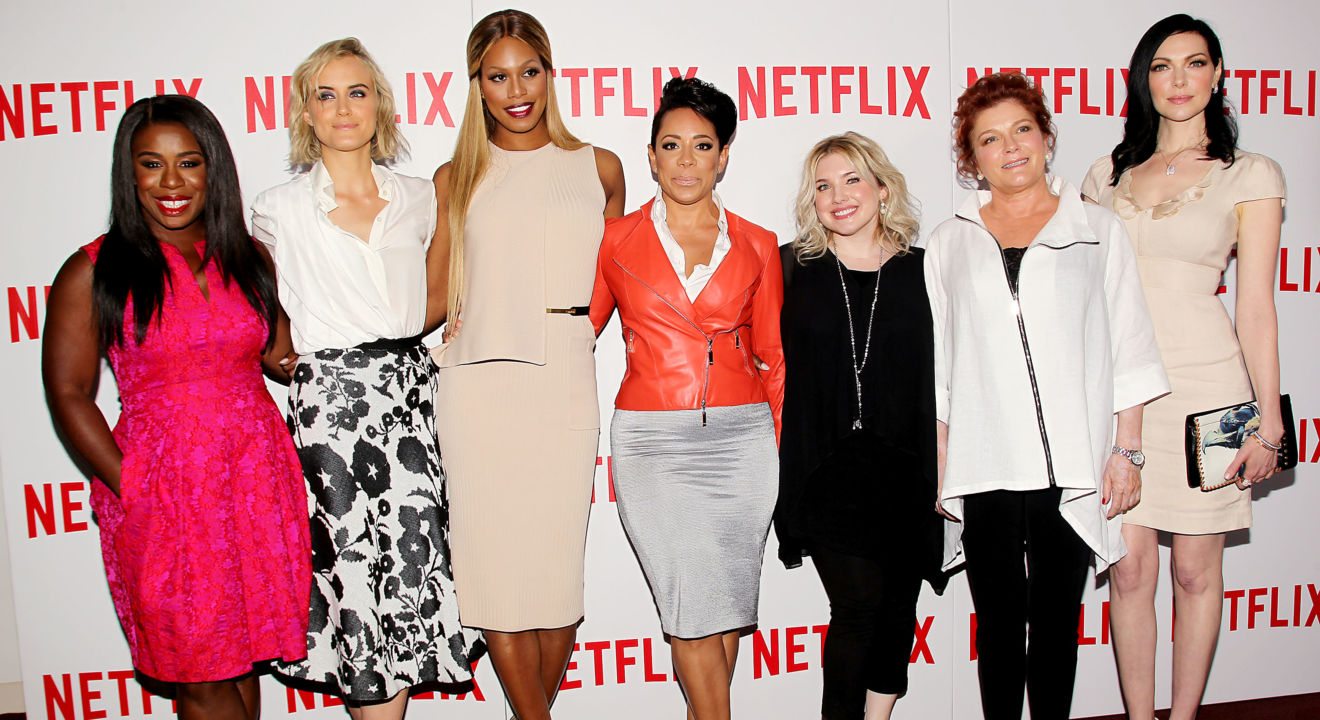Entertainment August 12, 2016


When “Orange Is the New Black” debuted in the summer of 2013 on Netflix, it was met with generally positive reviews in the entertainment world.
The first season has a Metascore of 79 from a Metacritic compilation of 32 reviews written after the show debuted, with many lauding the show for its complex portrayals of the diverse lives of incarcerated women. On August 2013, Alan Sepinwall from HitFix wrote, “What was so impressive as we got deeper into the first season was what a good job Jenji Kohan and company did at fleshing out the rest of the prison population — not only the other inmates, but the guards and counselors.” Additionally, Maureen Ryan of the Huffington Post wrote that “most of “Orange’s” running time is spent thoughtfully and wittily illuminating the lives of women whom most of society has rejected.”
The show exploded in popularity and continues to dominate the conversation of television each summer. Although Netflix doesn’t release numbers or ratings, it isn’t hard to measure how well-known the show is. Simply log into any social media platform from mid-June to July each summer and watch as your feed floods with spoilers and reviews of the latest season.
As the show has grown more popular, so has a trend for fans’ desire to join the characters and become part of the world of Litchfield, the prison where “Orange Is the New Black” is set. In an essay for The Guardian, comedian Sara Pascoe confesses that the show makes her fantasize about going to prison. She writes that in her fantasies she is “finding [her] true self, [her] resilient inner strength, and how great [she is] at lesbianism – all at the taxpayers’ expense. Prison is everything university wasn’t.” But, Pascoe isn’t alone in her desire to integrate herself into the world of the show: just this year a pop-up café opened in Singapore that would serve food similar to what the inmates at Litchfield would eat.
This desire by viewers to actually become a part of the show comes from an extreme place of privilege, and it highlights one of the show’s biggest flaws. There is a fundamental disconnect between the world of Litchfield Penitentiary and the often frightening and violent realities of actual women inmates.
Writing for Rewire, Victoria Law critiques the show for promoting the message that life inside of prison, as rough as it can get, is preferable to life on the outside. What enables the show to send such a message is that it warps the experience of what these women would face in real life in order to allow the show to sell itself as a prison comedy. As Law points out, “Whether or not they meant to do so, the writers of ‘Orange Is the New Black’ have sent viewers the message that prison is preferable to life on the outside. And in doing so, the show suggests that the very real systemic obstacles that formerly incarcerated people face upon release, especially where employment is concerned, are impossible to overcome—rather than drawing attention to the importance of dismantling those barriers, and the organizing being done around the country to do so.”
Despite what “Orange Is the New Black” would lead you to believe, nobody wants to be in prison. Prison is not “everything university wasn’t.” The reality of prison horrors have been detailed in the show and include sexual violence at the hands of guards and correctional officers, inadequate treatment of addiction and even death at the hands of prison officials.
Prison is a very real, harrowing and even terrifying experience for the women who must undergo it in real life, and to assume otherwise is confusing reality with “Orange Is the New Black.”